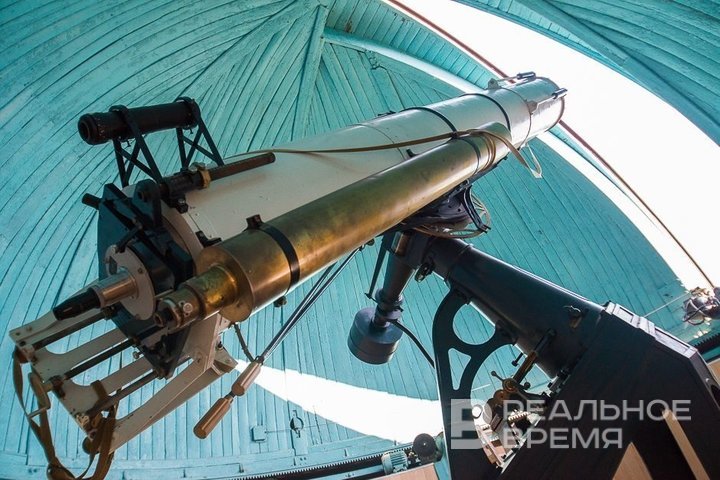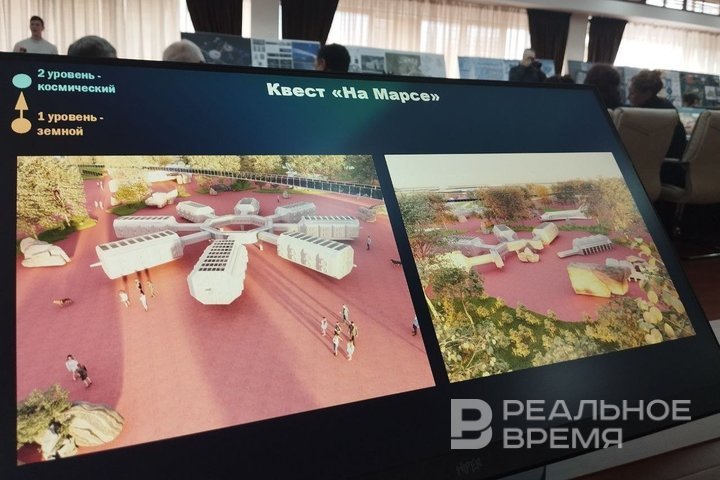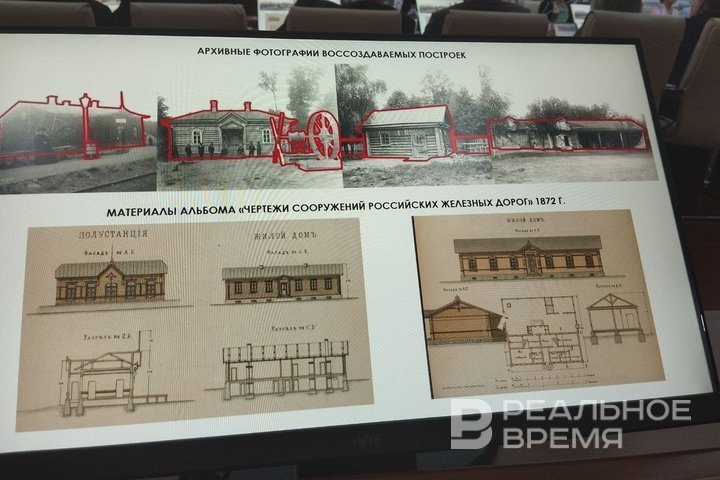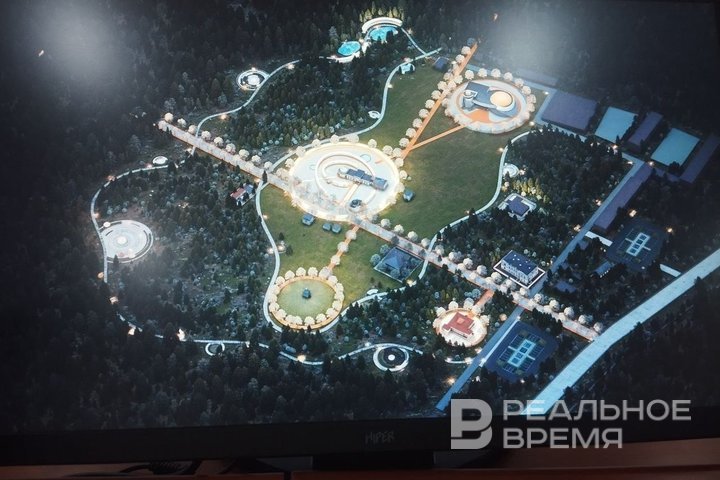How students reinvent the Engelhardt Observatory
Ideas were proposed by eight Russian and two Chinese universities

Student projects for the preservation and adaptation of the Engelhardt Observatory were discussed at the Lobachevsky Library on 18 April. The ideas included quests on Mars, inspiration on Easter Island and Sagittarius constellation. Scientists ask not to forget that the observatory is a protected place where science is done. Read more about it in the report of Realnoe Vremya.
“We told you about telescopes, scientific research...”
Eight universities from Russia and China took part in the final of the 4th International Competition of Student Projects to Promote World Cultural Heritage Sites. This time, they were asked to reflect on the topic of preserving and adapting the Engelhardt Astronomical Observatory to modern use.
The competition was held with the support of State Counsellor of the Republic of Tatarstan, UNESCO Goodwill Ambassador Mintimer Shaimiyev.
“Of course, this competition has enormous scientific and applied significance both in organizing the effective management of UNESCO sites and in developing tourism potential,” Shaimiyev noted in his greeting to the participants. “At the same time, it is very valuable in that it is able to awaken in younger generations interest and respect for the history, culture and traditions of our peoples.”
The Kazan University observatories were included in the UNESCO World Heritage List in September 2023.
38 applications were submitted to the competition by 13 teams from Russian universities and 25 from China. Nine projects reached the final, which were presented at the Lobachevsky Scientific Library. It should be noted that not all of them were on the territory of the observatory, although remote consultations were held for students before that. Their work was assessed by an international jury headed by Chairperson Elisabetta Fabry, an international expert in architecture, an honoured architect of Italy.
Almost all the teams paid great attention to the transformation of the tourist infrastructure, while the scientists themselves, in particular the head of the department of astronomy and space geodesy of the Institute of Physics of KFU Vladimir Bezmenov and professor of the department of astronomy of KFU Yuri Nefedyev, thought that the young architects paid little attention to the scientific component. In addition, the experts were generally wary of the active intervention in the territory.
“We told you about telescopes, scientific research, museum content — this is not reflected in the project,” Bezmenov even spoke quite sharply after one presentation.
The students responded that they did not plan to touch what already exists and is working.
It should be noted that, despite the great attention to tourism, there were no representatives of the relevant committees at the meeting.

Meteorological testing ground and quest on Mars
The only one that focused exclusively on the scientific component (which also raised questions among experts) is Kazan Federal University. Its plans include developing the existing geodetic meteorological testing ground, installing a ground station for receiving images from Earth remote sensing spacecraft, and working on teaching aids for students.
The main source of inspiration for the authors was the structure of the Universe and the Solar System. In particular, the Ural State University of Architecture and Arts named after N.S. Alfyorov proposed a large-scale quest project on Mars and installed a wind tunnel, a restaurant, and glamping, and also developed special children's merch.
The Donbass National Academy of Civil Engineering and Architecture hid a souvenir shop underground, built an astrocampus, and to avoid interference from the light, proposed laying the roads with light-accumulating gravel.
“I suggest you make light-accumulating columns,” Nefedyev responded, noting that he had been concerned about this idea for a long time, and thanked the students.

MARCHI students came up with the concept of a “wormhole” connecting the past and the future. To do this, they proposed recreating objects from the beginning of the century, including a railway station. But also building a large astronomical park. In addition, the designers from MARCHI unexpectedly found parallels between the observatory and Easter Island, noting that this theme was popular during its construction.
“Astronomers observed the stars at night,” Vladimir Bezmenov noted. “And during the day they worked on geodesy, navigation. And Dubyago worked for the tsarist army. It would be good if you implemented this in your project.”

“The Chinese view was very interesting for us”
As for Chinese projects, that Yanjin University built a very bright park, and offered magnets and coins as merch. In addition, students from the Celestial Empire clearly indicated that they were going to develop their project, as they say, further into the forest.
Chang'an University, which had two projects, surprised the expert with its source of inspiration — the Sagittarius constellation (photos of Stalin and Brezhnev were even displayed on the screen). And the tourist service center was inspired by the buildings of Red Square.
Finally, the Nizhny Novgorod State University of Architecture and Civil Engineering came up with the name Double Star for the project.
“Why write anything else, why can't we just promote the name ‘observatory’?” Nefedyev was surprised.

As Executive Director of the Republican Foundation for the Revival of Historical and Cultural Monuments of the Republic of Tatarstan Zulfiya Sungatullina explained, the students' experience will be used in preparing the observatory renovation project. It is not yet known when exactly this will happen, but there are certainly plans.
“This is a complex object, it is a functioning observatory, it is a functioning educational facility,” noted President of the National Committee of the International Council on Monuments and Sites Leonid Kondrashov. “On the one hand, the designer cannot, in fact, touch anything there, and the students still have to work in terms of cultural heritage. On the other hand, something needs to be prepared for the competition, everyone coped with this in terms of their preparation, views. For us, the Chinese view was very interesting.”
Well, the main prize went to the students of the Moscow Architectural Institute. Kondrashov also awarded the project with the image of Easter a statuette made of wood from this island.